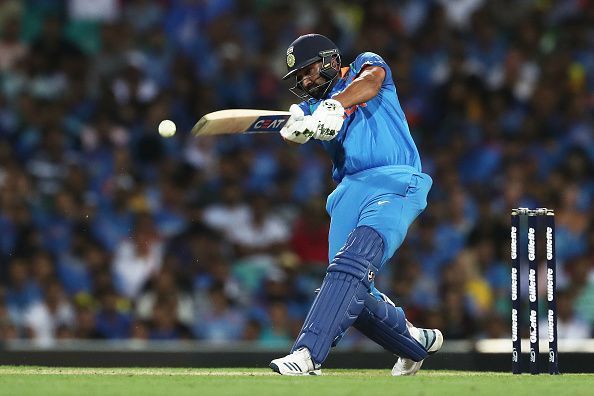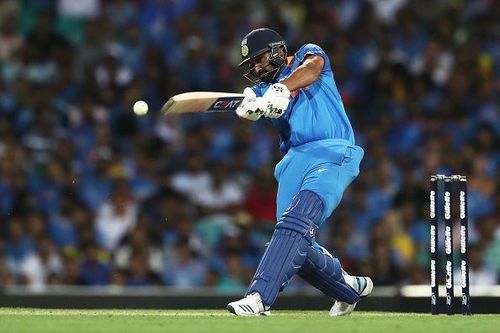
Opinion: Loss in the Sydney ODI exposes a struggling Dhoni and India’s brittle middle order

India came into the Sydney ODI, the first of the three-match series, as the overwhelming favourites. After all, India has been one of the two most dominant ODI sides in the last one year, along with England, whereas Australia has had a horrid time during the same period as is reflected in their lowly world ranking of number six.
Even though Australia managed to score a decent total, thanks primarily to some power hitting in the last ten overs, on a flat pitch a target of 289 did not look threatening for a strong batting line up like the one India has.
However, India lost its first three wickets for just four runs, and two of those wickets were of Shikhar Dhawan and Virat Kohli, architects of much of India’s successes over the last few years.
But with Rohit Sharma still at the crease, and the target not a daunting one, it seemed like a perfect opportunity for India’s middle order batsmen to come to the party. MS Dhoni forged a rather slow, but steady partnership of 137 runs in about 29 overs.
In a way, the top order collapse at that point seemed like a blessing in disguise as the struggling Dhoni did get a chance to bat for long, and showed that the ability to form partnerships was still very much there in him.
However, it was disappointing to see him getting out at a time when he seemed well-set and in the company of Rohit, was expected to take the Indian total close enough to Australia’s, if not overhaul the target, so that the batsmen to follow would not have too much to do.
As it turned out, when he got out, he had consumed a whopping 96 balls for his 51 runs, and the required run rate was too high. It was unrealistic to expect the incoming batsmen to start firing straight away.
Though the eventual scorecard would suggest that Dhoni was more of a success than Dinesh Karthik in this match, that would be too harsh a judgement on the latter, as the match situation demanded him to be more proactive, which he certainly tried to be.
Though one of the big three, in this case, Rohit Sharma waged a lone battle, without much support from others, especially the middle order batsmen, it proved once again that India’s middle order is still a cause of concern going into the world cup.
On a day like this, when two of the top three fail to fire, the middle order is too brittle to bail India out. In the absence of a back-up pace-bowling all-rounder to Hardik Pandya, the batting becomes even weaker as Kohli is forced to go with five bowlers, which also means leaving out even Kedar Jadhav.